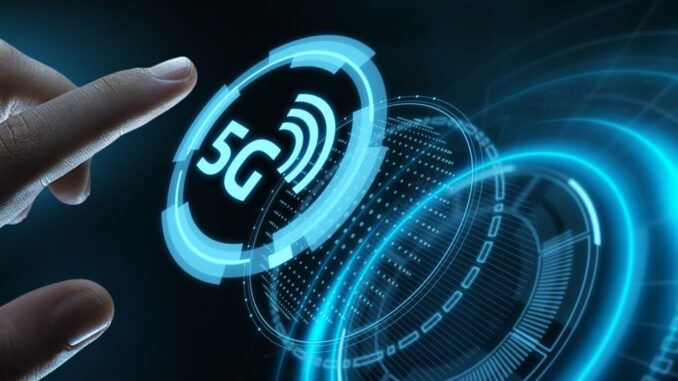
High-quality video streaming supported by 5G technology marks a transformative leap in the way content is delivered and consumed. With its enhanced capabilities,
5G has begun to reshape industries from entertainment to telecommunications, enabling an array of benefits and applications. Here are some key aspects of high-quality video streaming enabled by 5G technology:







### Key Benefits of High-Quality Video Streaming with 5G
1. **Higher Bandwidth**:
– 5G networks offer significantly greater bandwidth compared to 4G LTE, allowing large amounts of data to be transmitted simultaneously. This facilitates the streaming of high-resolution videos (such as HD, 4K, and even 8K content) without buffering or interruptions.
2. **Low Latency**:
– 5G reduces latency to as low as 1 millisecond, making real-time interactions possible. This is particularly beneficial for applications such as live streaming events, online gaming, and virtual reality (VR) experiences, where any delay can impact user experience.
3. **Enhanced Video Quality**:
– Improved compression algorithms and transmission technologies in 5G networks mean that videos can be delivered in higher quality with lower data requirements. This allows viewers to enjoy clearer, more vivid colors and better overall image quality.
4. **Seamless Experience**:
– Users can switch between devices (e.g., from a smartphone to a smart TV) without disrupting their viewing experience. 5G facilitates smooth transitions, enabling users to continue watching content from where they left off.
5. **Multi-View and Interactive Streaming**:
– With the increased bandwidth and low latency, 5G enables new forms of content delivery, such as multi-angle viewing, augmented reality (AR), and interactive streaming experiences where users can engage with the content actively.
6. **Availability in Crowded Areas**:
– 5G is designed to handle many connections simultaneously, making it effective in densely populated areas or during events (like concerts or sports games) where many users are trying to stream content at once.
7. **Remote Production and Broadcasting**:
– 5G allows video producers to stream live content from remote locations without the need for extensive, expensive equipment. This capability is transforming how live events are produced and broadcasted.
### Applications of High-Quality Video Streaming with 5G
1. **Entertainment and Media**:
– Streaming platforms (like Netflix, Hulu, or YouTube) can offer their subscribers seamless access to high-definition content with minimal buffering, even in congested networks.
2. **Virtual Reality (VR) and Augmented Reality (AR)**:
– High-quality streaming allows VR and AR applications to deliver immersive experiences to users. This is particularly relevant in gaming, shopping, and educational applications, where real-time data processing is essential.
3. **Telemedicine**:
– High-quality video streaming is crucial for remote consultations and telehealth services, enabling healthcare professionals to engage with patients through clear video feeds, enhancing diagnosis and treatment.
4. **Live Sports and Events**:
– Fans can enjoy live sports streaming in higher resolutions, participate in interactive viewing experiences, or access various camera angles in real-time.
5. **Education**:
– Online learning platforms can host high-quality live classes, allowing educators to deliver lectures in high-definition and enabling interactive sessions with students.
6. **Security and Surveillance**:
– Businesses and municipalities can utilize high-quality video feeds for surveillance, offering clearer images for monitoring and security purposes without interruptions or lag.
### Challenges of High-Quality Video Streaming with 5G
1. **Infrastructure Development**:
– The rollout of 5G requires significant investment in infrastructure, including new cell towers and network equipment, which can be a barrier in some regions.
2. **Device Compatibility**:
– Users must have 5G-compatible devices to take full advantage of high-quality streaming capabilities. This may necessitate upgrades for some customers.
3. **Data Consumption**:
– High-quality video streaming can consume significant amounts of data, potentially leading to data caps or increased costs for consumers on metered plans.
4. **Cybersecurity Risks**:
– As with any connected technology, high-quality streaming via 5G networks can be vulnerable to cybersecurity threats, necessitating robust security measures.
### Conclusion
The advent of 5G technology represents a monumental shift in the landscape of high-quality video streaming. With its capabilities for delivering faster speeds, lower latency, and enhanced quality, 5G opens up a wealth of possibilities across various sectors, enhancing user experience and creating new opportunities for content creators and businesses alike. As 5G networks become more widespread, we can expect innovative applications and enhanced services that take full advantage of this advanced technology.


Leave a Reply